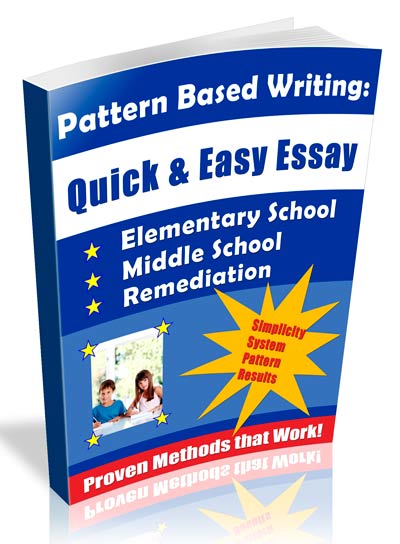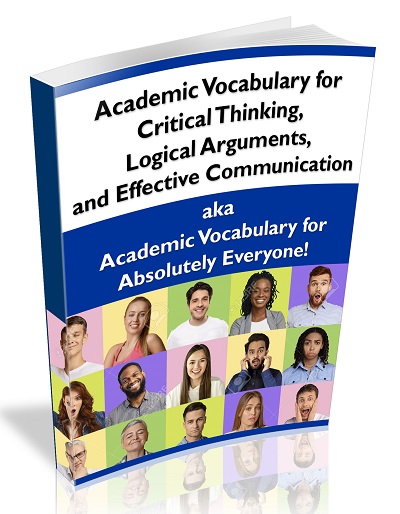A Paragraph Beautifully Defined
A paragraph is a collection of sentences with unity of purpose. A paragraph handles and exhausts a distinct topic. – Alexander Bain (1866)
This description of a paragraph is about as good as it gets. People also credit Bain as the first person to lay down the rules of paragraph construction. Bain’s original rules for paragraphs are outlined below.
A Modern Look at Paragraph Rules
There is beauty and logic to all of Bain’s rules for paragraphs. However, modern paragraph theory is slightly more generalized and centers on these three principles. All in all, they do contain most of Bain’s ideas. However, they also allow a little more freedom for creativity in paragraph construction.
1. Unity: This is a single-minded focus of ideas. All the sentences must have unity of purpose, and there must be no information in the paragraph that does not serve that purpose.
2. Coherence: Ideas flow in a manner that makes them easily understandable.
3. Development: Ideas support and develop a topic sentence or main idea.
Alexander Bain’s Six Paragraph Rules Paraphrased for Easy Reading and Easy Understanding
1. The direction and purpose of each sentence should connect to what came prior. This must be explicit and unmistakable.
2. When several consecutive sentences repeat or illustrate the same idea, they should, as much as possible, be formed alike (parallel construction). The main subject and predicate should maintain their positions throughout.
3. The opening sentence (topic sentence) is expected to indicate the subject of the paragraph.
4. Each sentence in a paragraph should be located in its most suitable location within the paragraph. Every paragraph has a plan dictated by the nature of the composition. As such, sentences should be laid out in accordance with this plan. An out-of-place sentence brings confusion.
5. A paragraph should possess unity and contain a definite purpose. There should be no sentences or information in that paragraph that does not support that purpose.
6. The big sentences within the paragraph should be the important ideas. The smaller sentences should be the less important ideas. Everything should have bulk and prominence according to its importance.
Interesting concepts! Proportion, symmetry, parallelism, balance…
Paragraph Writing Is an Art, but Don’t Forget the Rules!
It wasn’t until the 1600s that the growing importance of the printing press put the paragraph on the road to its current prominence in the written English language. In fact, some still consider the paragraph’s most important attribute to be the visual aspect that helps the reader to survey the printed page.
It’s surprising to think that before 1866, there were no paragraph rules. 1866 is not that long ago!
Though the rules of paragraphs have become more universally understood and taught, there remains much art in what writers actually do. Most confident writers rarely think of the rules of paragraphs as they write. Confident writers know when to start a new paragraph without even thinking about it. Most writers then make changes to their paragraphs as they reread and edit.
Supporting the argument that there is an art to paragraph writing is that studies show that when paragraph formatting is removed from a piece of writing, few people will re-paragraph it the same way it was before. In fact, the same person may not re-paragraph it the same way two times in a row.
Teaching Kids Paragraphs
Early in my teaching career, I spent lots of time trying to get students to master paragraphs. I thought, “If I can just get them to master these paragraphs, it will change everything!”
I learned that students don’t develop paragraph mastery until they understand how paragraphs fit together within an essay and the relationship between paragraphs and the introduction and conclusion.
A paragraph in multi-paragraph writing reveals the true purpose and need for the paragraph. Paragraphs make sense to students when they discover how to create a unique “unity of purpose” for each distinct paragraph in their multi-paragraph writing.
It’s great to see your students stop thinking about the rules but still maintain wonderful paragraph structure and form! That’s what I call a confident writer! Find out how to make this happen at the Pattern Based Writing: Quick & Easy Essay homepage!




